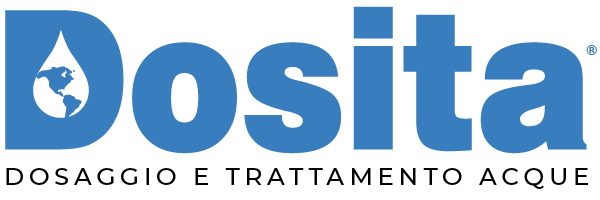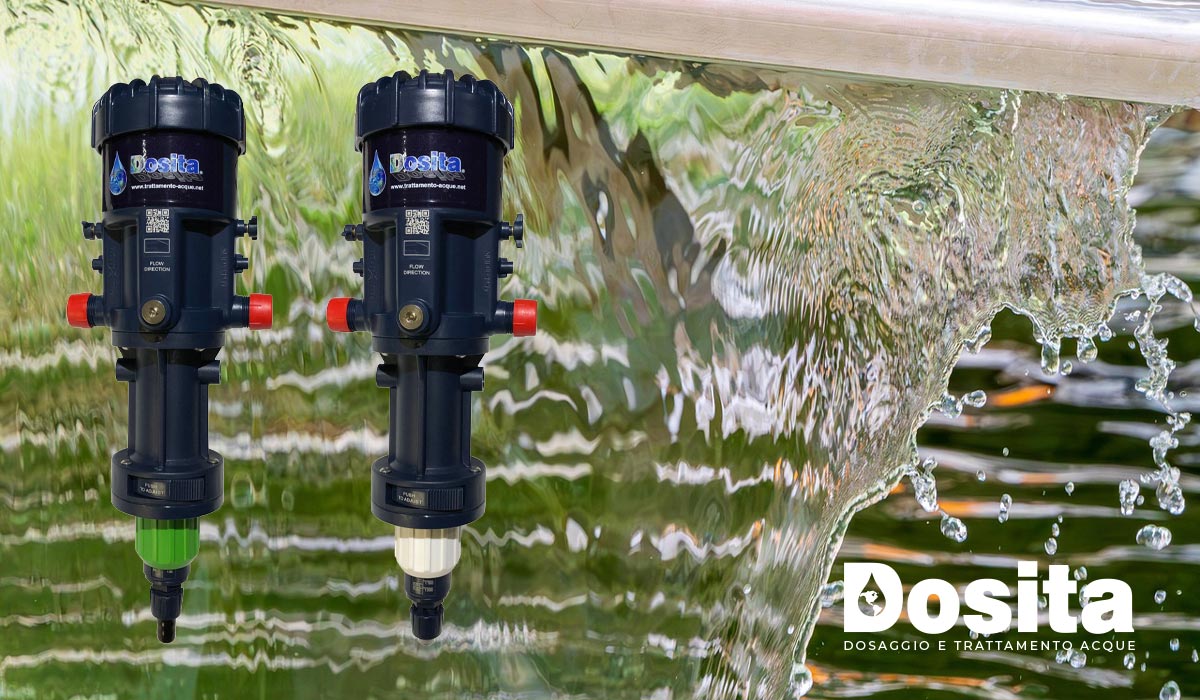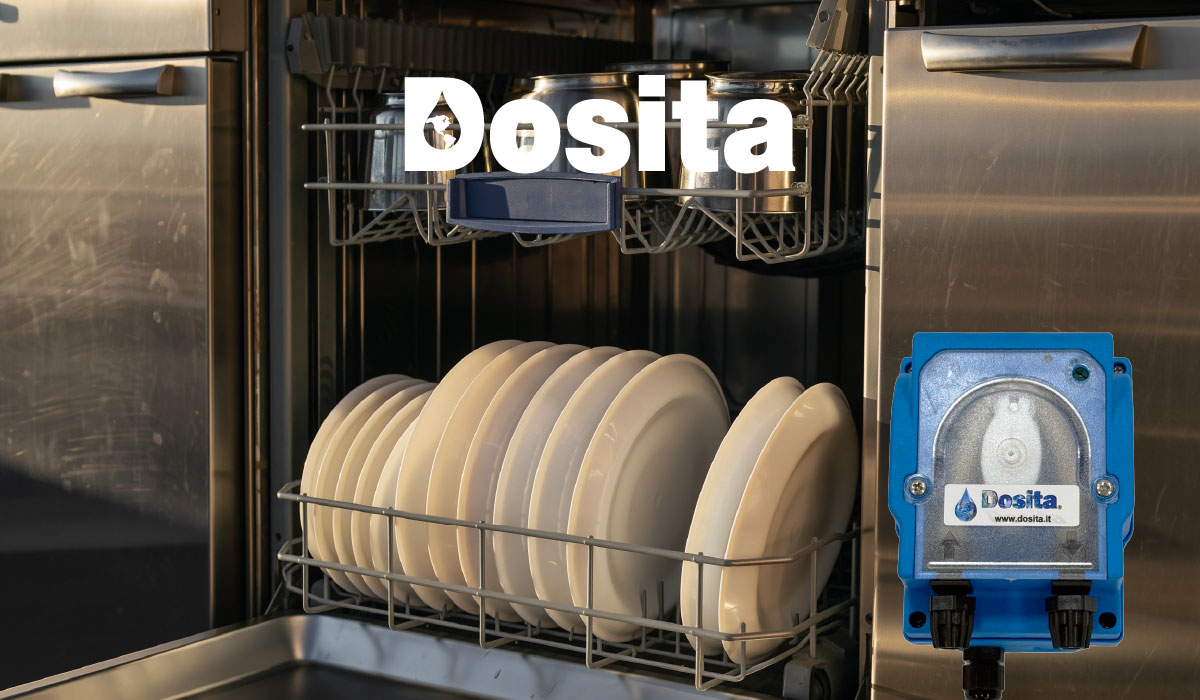Catchment is the process of collecting and withdrawing water from a natural or artificial source for various uses, such as irrigation, domestic or industrial use or purification. Water sources can include rivers, lakes, aquifers, springs, or reservoirs. The collection process is crucial to ensure an adequate and sustainable water supply.
Here are some key aspects of the catchment:
- Source Identification: The first step is to identify a suitable water source that can provide the necessary amount of water with sufficient quality for its intended use.
- Catchment infrastructure: Infrastructure such as dams, wells, pumping stations, sewers, or piping systems are built to collect and transport water from the source to the point of use.
- Treatment and Filtration: In many cases, the collected water is treated and filtered to remove impurities and contaminants, making it safe for human consumption or other specific uses.
- Distribution: The water collected is distributed through pipe networks or ducting systems to reach end consumers, whether they are homes, industries or agricultural fields.
- Management and Monitoring: It is important to manage and monitor the collection process to ensure the sustainability of the water source and prevent negative impacts on the environment.
Catchment is a crucial component of water management, especially in areas where water is scarce or where demand is high.
Catchment is a critical process to ensure water supply in many communities, and requires careful management to preserve the environmental balance and quality of water resources.



